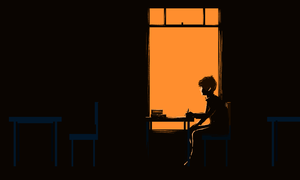Appropriate Ways to Teach Kids About Slavery
This week, a photograph of a math assignment asking fifth graders to set prices for enslaved people went viral. Assignments like this are clearly harmful. But students can learn about slavery in ways that recover the lives and histories of enslaved people or dehumanize them; celebrate their resistance or erase their agency; recognize how slavery shaped our nation or ignore it completely. Educators can teach this hard history—and teach it well—in any discipline, to students of almost any age. Here are a few examples of how.
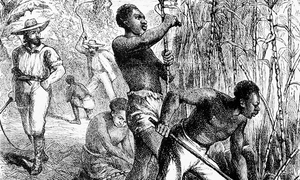
How Did Sugar Feed Slavery?
Sample Lessons
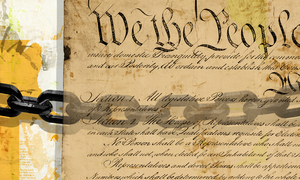
Teaching Hard History: Grades K-5
The December Holidays
Many schools enjoy celebrating a non-religious “holiday season” but clearly favor Christmas in their traditions and decor. Moreover, important non-Christian holidays that don't occur in December are often overlooked completely. These resources can help your school community become more inclusive by reflecting on how and when holidays show up in your hallways, assemblies and classrooms.

Avoiding the Holiday 'Balance Traps'
Analyzing the School Holiday Calendar
Religious Holidays
Thanksgiving 2019
As Thanksgiving approaches, it's important to remember that some Indigenous communities observe the holiday as a day of mourning. We hope you'll think about the ways you bring Thanksgiving into your classroom and consider how you can ensure every member of your school community feels respected and valued in the process. Here are a few resources to get you started.

Teaching Thanksgiving in a Socially Responsible Way
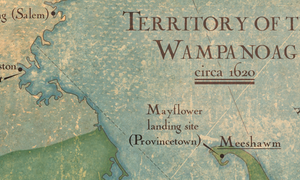
When Trivia Isn’t Trivial
The 2020 Teaching Tolerance Award
We’re now accepting nominations and applications for our biennial Award for Excellence in Teaching. Here’s how you can help us find the next award-winning educators!

Now Accepting Applications and Nominations for the Teaching Tolerance Award!

“The Story of How I Teach Needed to Be Told”: Advice for TT Award Applicants From Winners

And the Winners Are...
Black Students Matter
Last week, a 7-year-old black boy came home from school with a realistic-looking gunshot wound painted on his forehead—by his drama teacher. The image understandably alarmed his mother. And it reminds us of the harm educators inflict when they insist they "don't see race." We hope you'll read and share these recommendations for protecting, respecting and celebrating the identities of your black students.
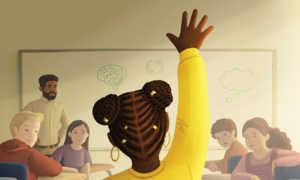
Black Minds Matter

Black Lives Matter Week of Action
